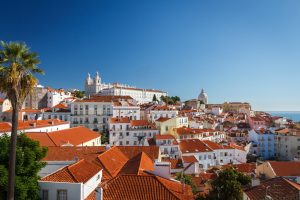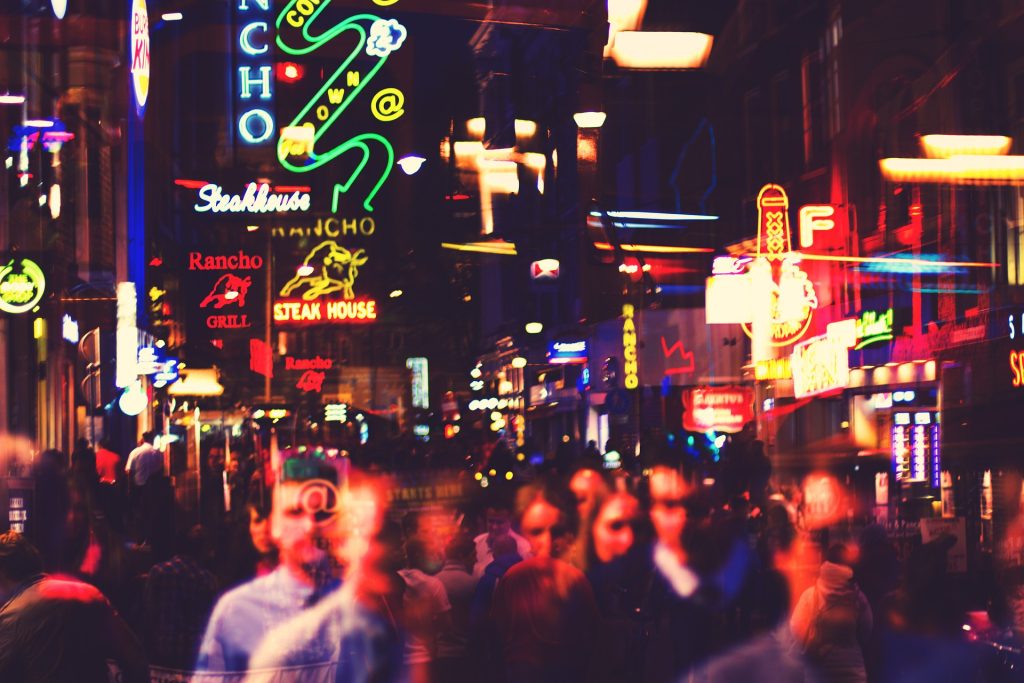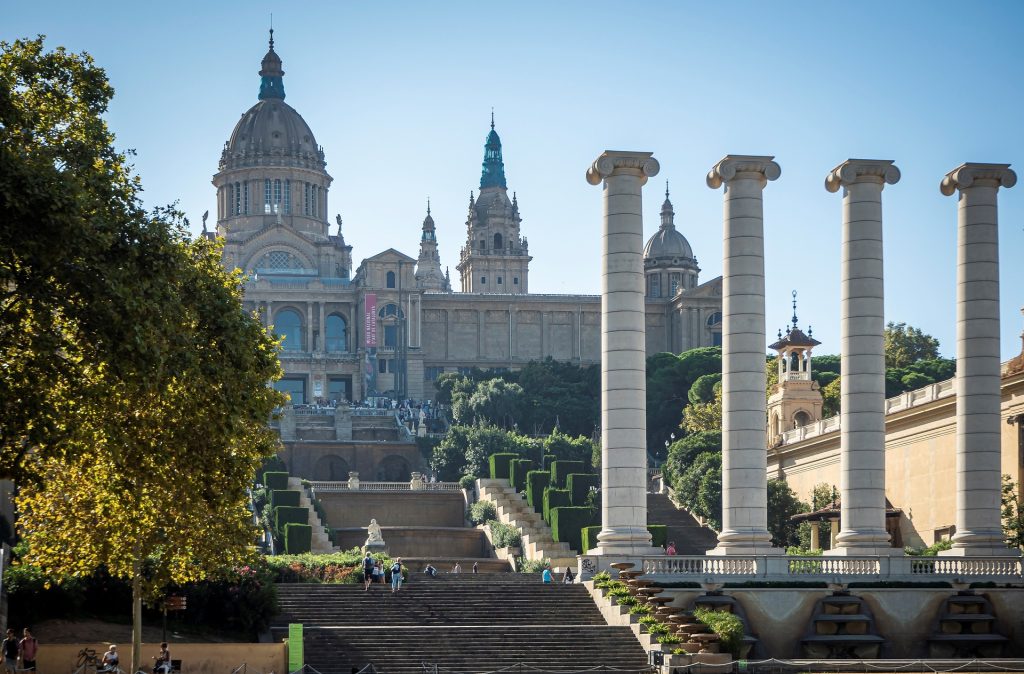 1. Introduction
1. Introduction
Lisbon, Portugal’s capital city, is renowned for its vibrant neighborhoods, historic architecture, and picturesque hills overlooking the Tagus River. Known for its azulejos (traditional tiles), trams, and lively fado music, Lisbon has emerged as a favorite European destination. However, as tourism has surged, local residents face a range of challenges: rising living costs, housing shortages, and a shift in neighborhood dynamics. This article delves into the impact of overtourism in Lisbon and provides tips on how visitors can enjoy this beautiful city responsibly.
2. A Brief Overview of Lisbon
Lisbon is a city of contrasts: ancient streets wind through the Alfama and Bairro Alto districts, while modern art and tech startups thrive in Marvila and Parque das Nações. Iconic sights like the Belém Tower, Jerónimos Monastery, and the historic neighborhoods attract millions of tourists each year. This influx has transformed Lisbon’s economy, but at a high price for its residents, with housing shortages, infrastructure strain, and a loss of local character. Many Lisboetas (Lisbon locals) are finding it increasingly difficult to live in their own neighborhoods, resulting in a mixed view of tourism’s impact on the city.
3. The Local Perspective
While tourism bolsters the economy, Lisbon residents face daily issues as a result of overtourism:
- Housing Crisis and Rising Costs: With the popularity of short-term rentals, many properties in Lisbon’s historic areas have been converted to vacation rentals, driving up rents and making it difficult for locals to find affordable housing. Gentrification is pushing out long-time residents, and entire neighborhoods are transforming to cater to tourists rather than locals.
- Crowding and Traffic in Popular Areas: Iconic neighborhoods like Alfama, Baixa, and Chiado are often packed with tourists, particularly during peak season. Narrow streets become congested, and popular attractions like the Tram 28 are frequently overwhelmed, making it challenging for residents to move about the city or enjoy their daily routines.
- Shift in Local Businesses: Traditional shops and family-owned businesses that once served local needs are being replaced by souvenir shops, cafes, and restaurants targeting tourists. This shift impacts Lisbon’s unique local culture and reduces the accessibility of essential services for locals.
4. The Impact of Overtourism
Lisbon’s recent tourism boom has caused significant economic, social, and environmental effects:
- Environmental Strain: Lisbon’s infrastructure, including water supply, waste management, and transportation systems, is under increased pressure due to the high number of visitors. The excess waste left behind by tourists, especially in busy districts, burdens the city’s waste management services and pollutes Lisbon’s iconic landscapes.
- Loss of Cultural Identity: With an influx of international tourists, the authenticity of Lisbon’s neighborhoods is gradually eroding. Long-standing customs and traditions are becoming less visible, and Lisbon’s unique atmosphere risks becoming more standardized to cater to tourist expectations rather than preserving local heritage.
- Economic Instability: While tourism provides jobs, these positions are often seasonal, leading to economic insecurity for locals. Lisbon’s economy is becoming overly dependent on tourism, which can leave it vulnerable to fluctuations and economic downturns during off-peak seasons or times of crisis, as seen during the COVID-19 pandemic.
5. Respectful Travel Tips
For those planning to visit Lisbon, here are some tips to help you explore the city in a respectful, sustainable way:
- Travel Off-Season: Visiting Lisbon during spring or autumn, rather than peak summer months, can reduce the strain on local resources and offer a more relaxed experience. The weather remains pleasant, and fewer tourists make it easier to enjoy popular sites without contributing to overcrowding.
- Support Local Businesses: Choose restaurants, shops, and accommodations owned by locals rather than international chains. By supporting traditional shops and cafes, visitors can help Lisbon retain its local identity while ensuring that tourism revenue benefits the community directly.
- Use Public Transportation and Walk: Lisbon’s narrow, historic streets can become congested with cars, so opt for the city’s efficient public transportation system, including the metro, buses, and trams, or explore on foot. This reduces traffic congestion and provides a better opportunity to appreciate Lisbon’s charm and beauty.
- Respect Local Spaces and Customs: Lisbon is not just a tourist destination but a place where people live and work. Be mindful of noise levels, avoid blocking narrow streets, and respect residential areas. Also, consider limiting the use of Lisbon’s famous trams during rush hour to allow locals to use these services comfortably.
6. Ethical Considerations
Tourism in Lisbon has both positive and negative impacts. While Lisbon’s popularity is a testament to its appeal, the challenges faced by locals highlight the need for more mindful tourism practices. As a visitor, you can contribute to a more sustainable tourism model by supporting local businesses, reducing your environmental footprint, and respecting Lisbon’s culture. Small actions can help ensure that Lisbon remains a welcoming, vibrant city for both residents and travelers alike.
7. Alternatives to Central Lisbon
If you’re interested in seeing different sides of Portugal, consider these lesser-visited destinations:
- Évora: This UNESCO World Heritage site offers historical charm, with ancient Roman ruins, medieval architecture, and quiet, picturesque streets. It’s a beautiful alternative for those interested in history and traditional Portuguese culture.
- Porto: With its colorful buildings, famous bridges, and riverside cafes, Porto provides a vibrant urban experience similar to Lisbon, with slightly fewer crowds. The city’s port wine heritage and unique architecture make it an ideal destination.
- Sintra: Just a short train ride from Lisbon, Sintra offers lush landscapes, fairy-tale palaces, and less crowding than Lisbon’s main tourist areas. Avoid peak times for a more serene experience, especially at the popular Pena Palace.
8. Conclusion
Lisbon’s rich culture, stunning architecture, and welcoming spirit have made it one of Europe’s most beloved cities. Yet, the impacts of overtourism on local life and Lisbon’s unique identity are undeniable. By choosing to visit responsibly—traveling off-season, respecting local spaces, and supporting traditional businesses—tourists can help ensure Lisbon remains an authentic, vibrant city that continues to flourish for both locals and visitors.

